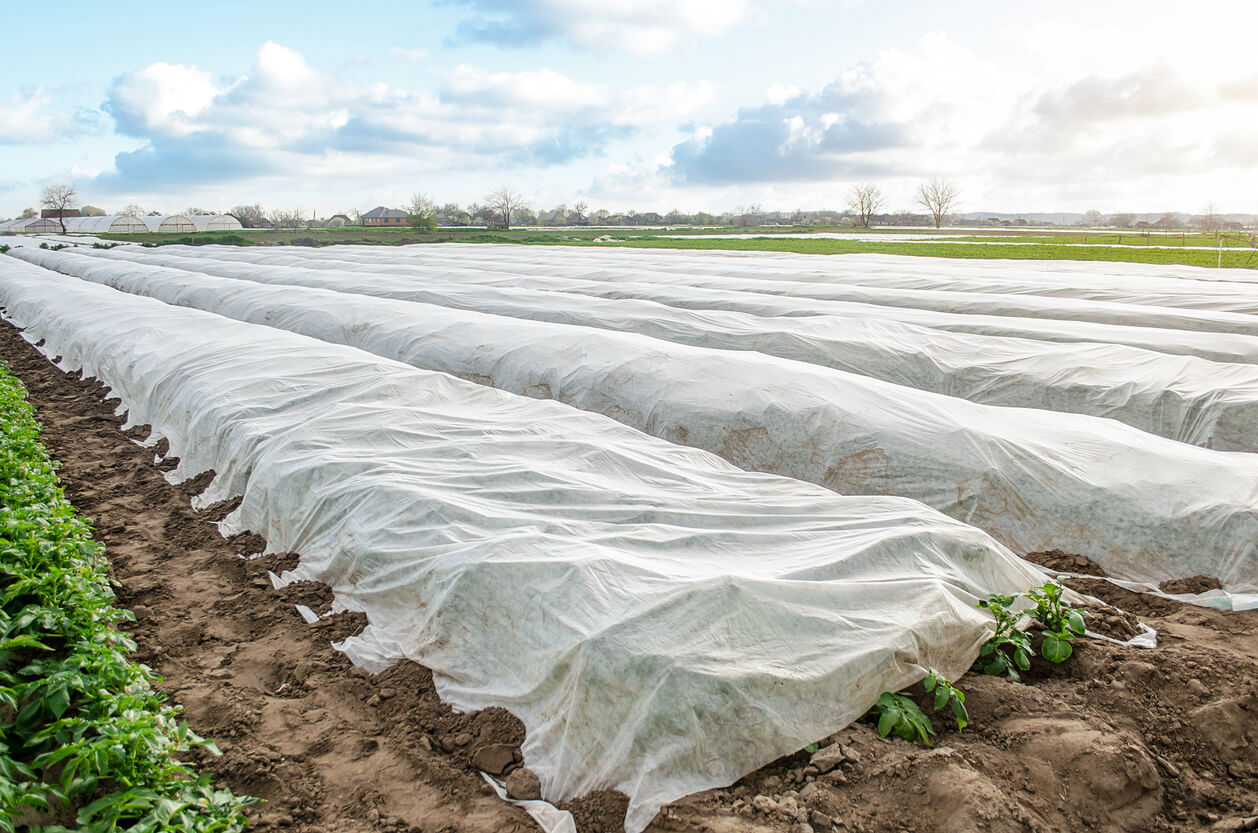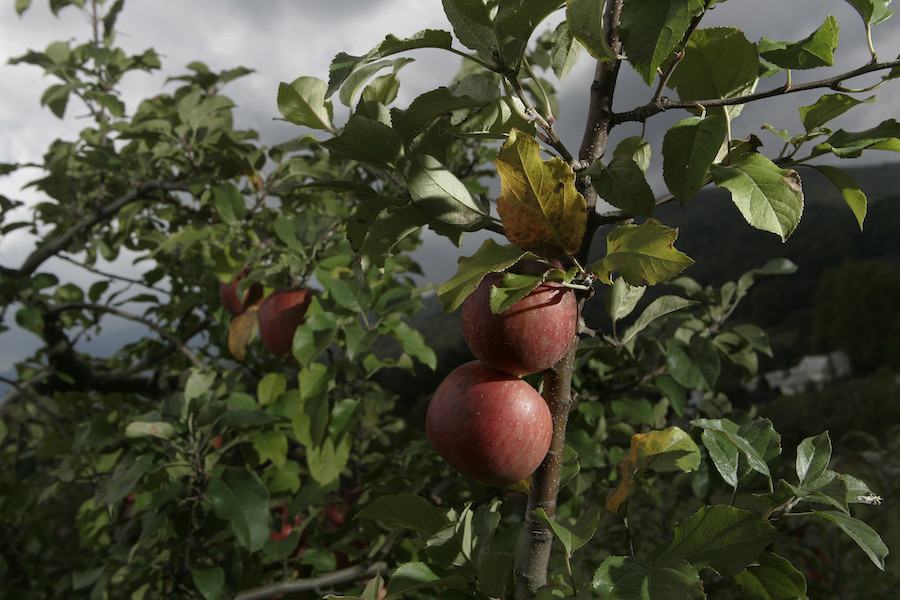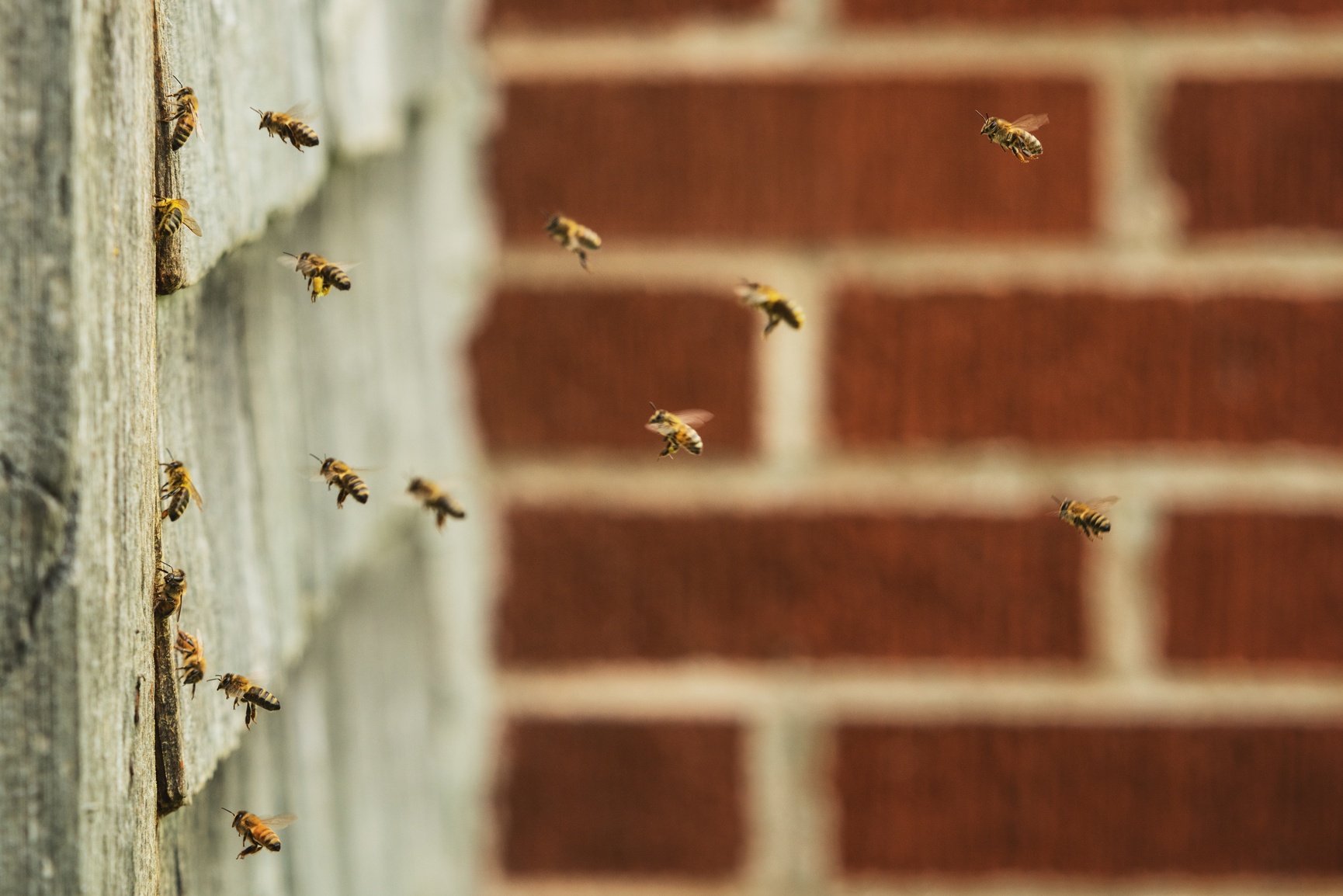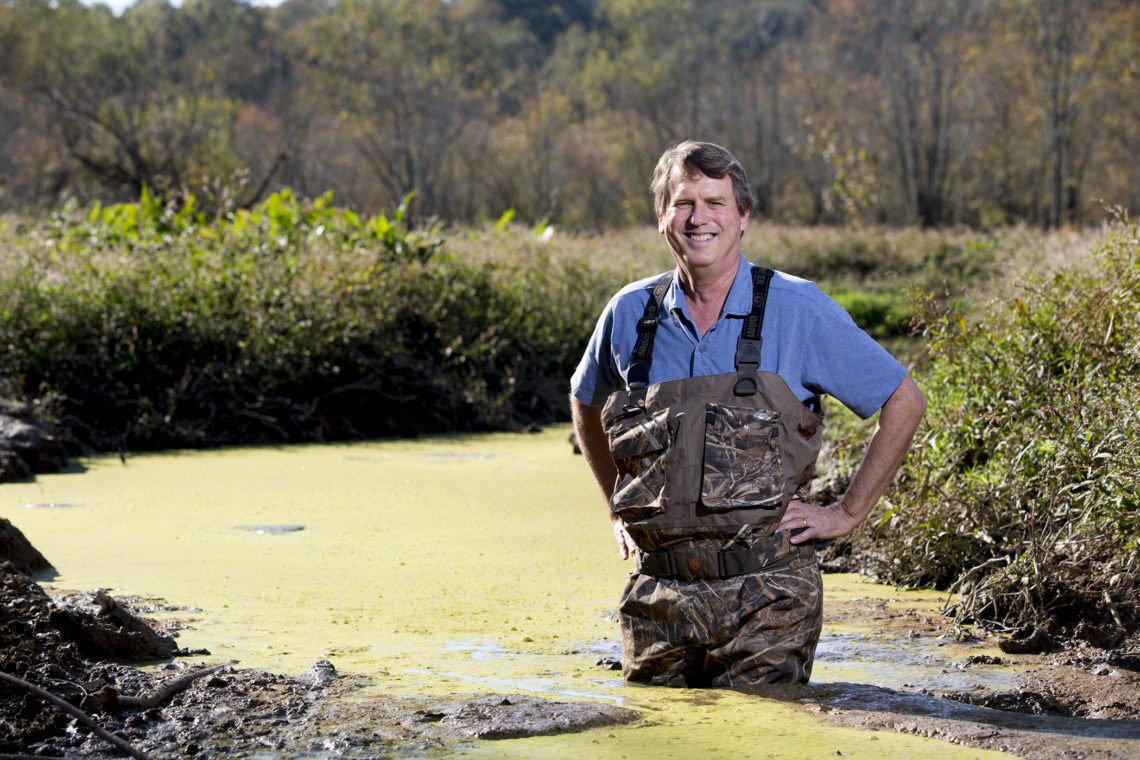 CAES News
CAES News
Freshwater Ecology
Of all the elements that make a stream community, there is one, besides the water, that is particularly crucial to the health of the ecosystem. It’s the bugs. Tiny but mighty, aquatic insects are responsible for many vital ecosystem processes that support fish, birds and humans.

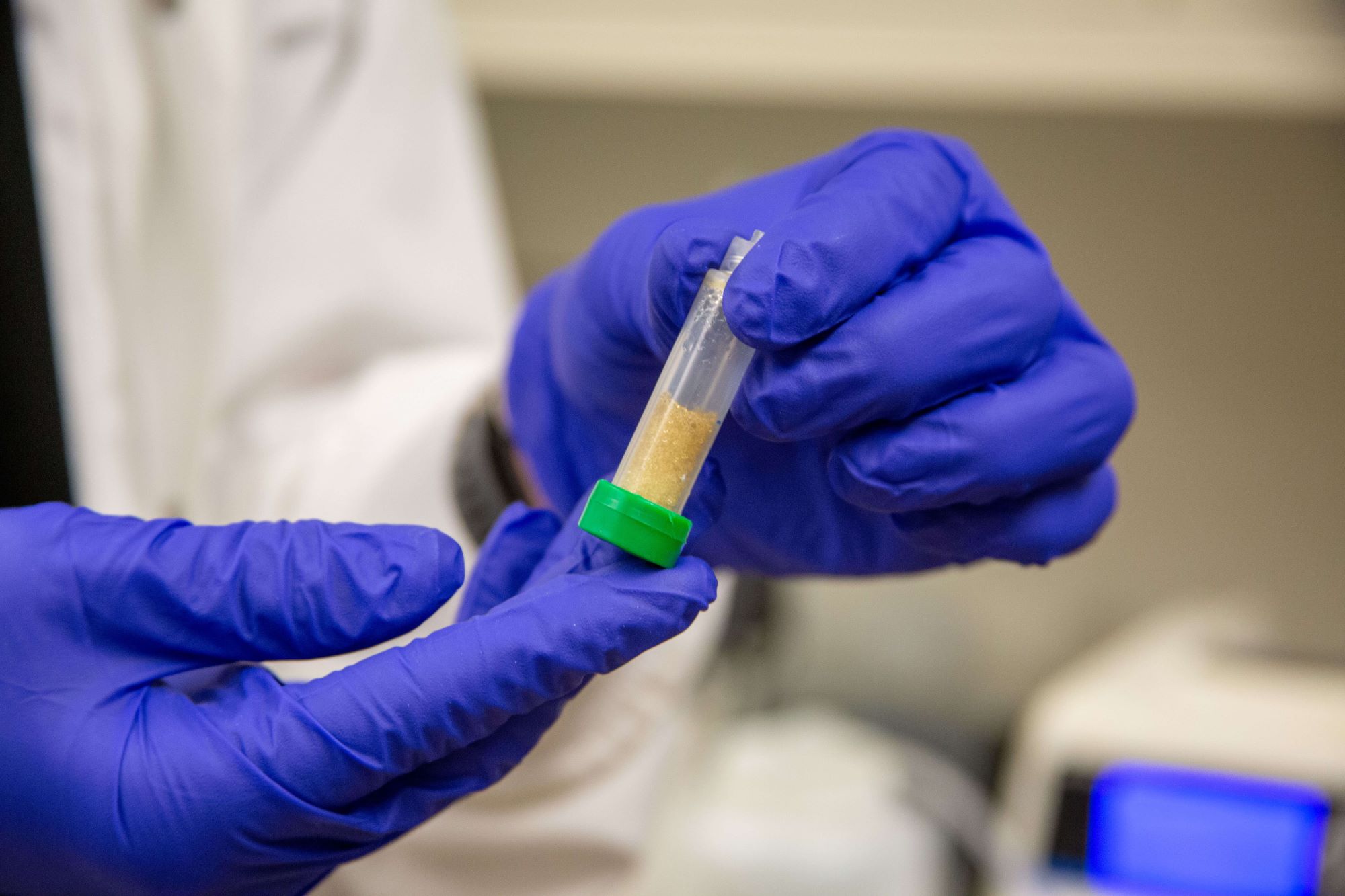
.jpg)
.png)
.jpeg)

